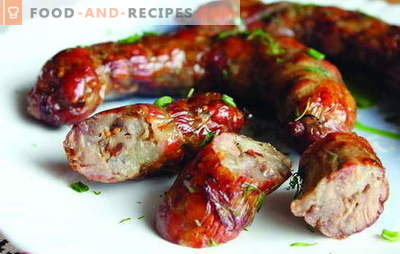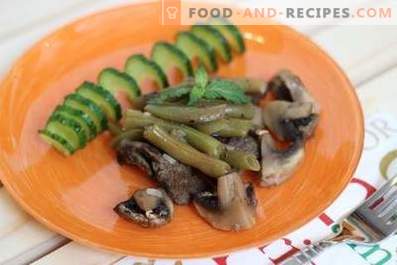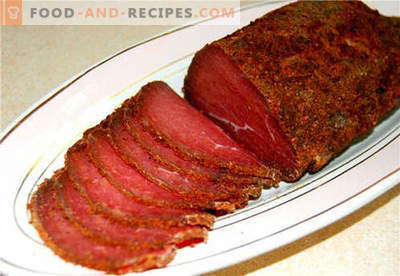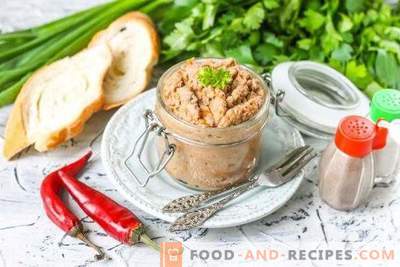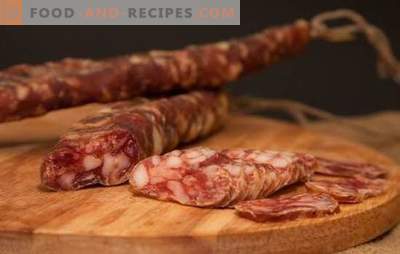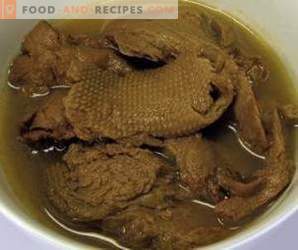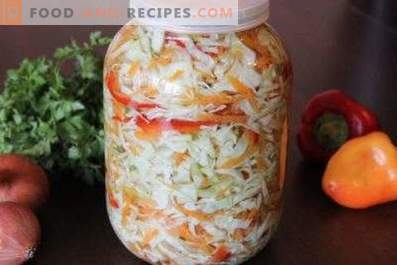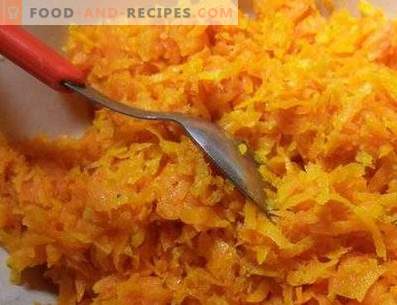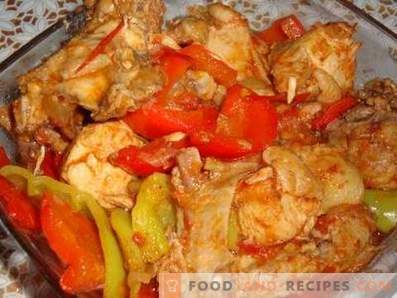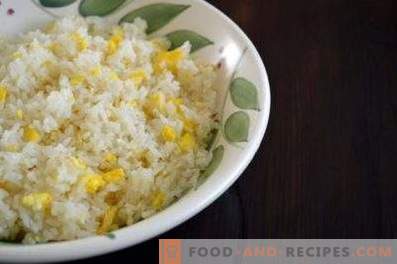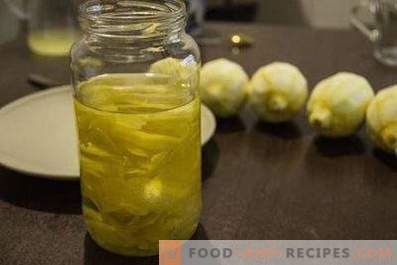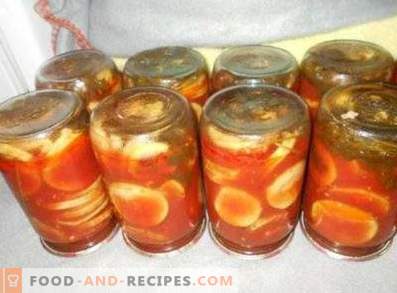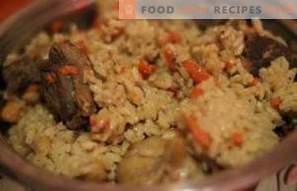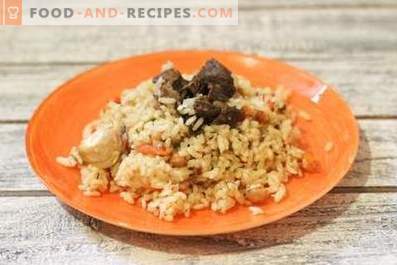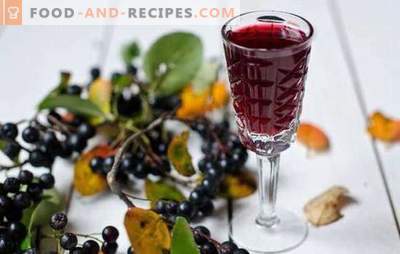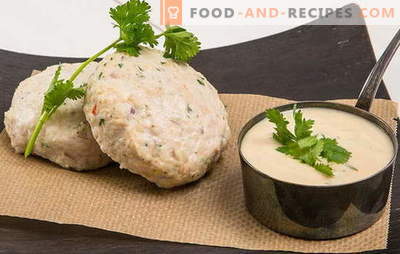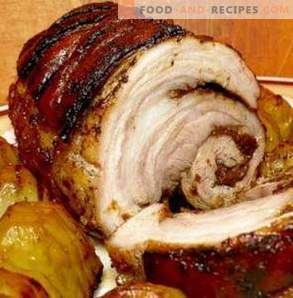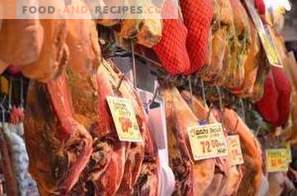
Dried meat is very tasty, fragrant, contains a lot of protein, has proven itself as a snack or addition to various dishes. Another advantage of it is that we can make this delicacy ourselves, not relying on the store product with not always perfect composition.
People have processed meat in this way for centuries. Drying is one of the best methods to extend the “life” of food. It is important that this process does not lead to a large loss of nutrients. Dried meat is complete in terms of the content of protein and vitamins of group B. Today we can buy the finished product in the store. But there is another possibility: to dry the meat at home, without any artificial additives. It is not difficult at all, but the pleasure is great! What you need to know about both of these options?
Homemade is better!
This cheap and simple method can be successfully applied at home. Dried meat is an excellent snack during trips, travels, it well complements the diet with full-fledged protein. He has a long shelf life - a few months. But, in order to preserve the product in this way, it is preserved.
At home, this is most often done with salt, if there is no special equipment for drying. It should be borne in mind that the product will be a source of large amounts of sodium, which is not recommended for people who have high pressure.
For the process of drying the meat at home, except for salt and optional - seasonings do not need any other components. Due to this, our delicacy gets a huge advantage: there are no unnecessary substances or chemical additives. The kind of “raw material” that we choose to dry is also important. Many believe that high-quality lean red meat (beef, lean pork) and game is best suited for these purposes. These varieties are not only good in taste, but also have a high nutritional value, in particular, high protein and low fat content. Therefore, people who care about their figure, can safely include in your diet this type of snack.
How to dry meat at home?
Rinse the meat (for example, lean beef or pork dandy) under running water, dry and cut across the fibers into strips about 3-6 mm thick. Put them on a cutting board and rub with seasoning on both sides. It can only be salt, but you can add curry, paprika, basil, garlic, oregano, pepper. During the rubbing seasoning meat should be pressed down by hand.
Then, the strips prepared in this way are best put on sticks for kebabs, skewers and hanged in the oven. The meat is dried with a half-open door at about 50-70 degrees. You can turn on heat. After 1-2 hours, the meat is taken out of the oven to check in which condition it is, whether it is possible to finish the drying process. It is important that there is no water left in the meat. Then you need to put the pieces in a warm, well-ventilated place for a few days (for example, near the battery, fireplace). After drying, the weight of the product will be reduced by about three times. Fully cooked meat is best kept in a sealed container. It can be eaten as a separate snack or added to soups, salads, main dishes. Dried meat is perfect for beer.
Pay attention to the labels
What about dried meat sold in stores? Nutritionists warn: we must bear in mind that it may contain additional preservatives. Beef can pre-marinate in sauce. It is inevitable to add a considerable amount of salt to the meat, because these snacks are salty and often spicy.
There are many products that are sold in the form of chopped dried ribbons, slices of meat. However, in fact, they are often made from minced meat with a high degree of processing.
A standard 30-gram serving of dried beef contains 10-15 grams of protein, 1 gram of fat, and 3 grams of carbohydrates. However, you should always read the labels. Such a product may be composed of preservatives, sugar, dextrose, maltodextrin.
Dried meat products from other countries can be found on our shelves. For example, in South Africa, they came up with a biltong - this is mainly ostrich meat or beef, which is filled with salt, vinegar, sugar, pepper, and coriander before drying. In Spain, ham ham serrano, which is made from a whole leg of a pig on a bone, is very popular. This ham matures for a long time, thanks to the drying process it acquires a unique taste, tenderness and aroma. During ripening and drying, it loses almost 50% of its original mass. In other words, the dried meat sold in stores can be very different, which obliges us, consumers, to be attentive to its choice.

